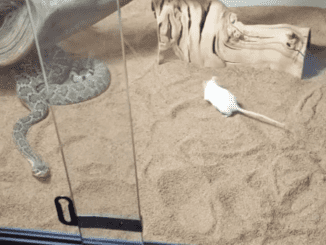In the vast expanse of the African savanna, the wildebeest is a symbol of survival and the rhythm of nature’s circle of life. One of the most remarkable and rarely seen moments in the wild is the birth of a wildebeest calf, an event that showcases nature’s resilience, beauty, and fragility.
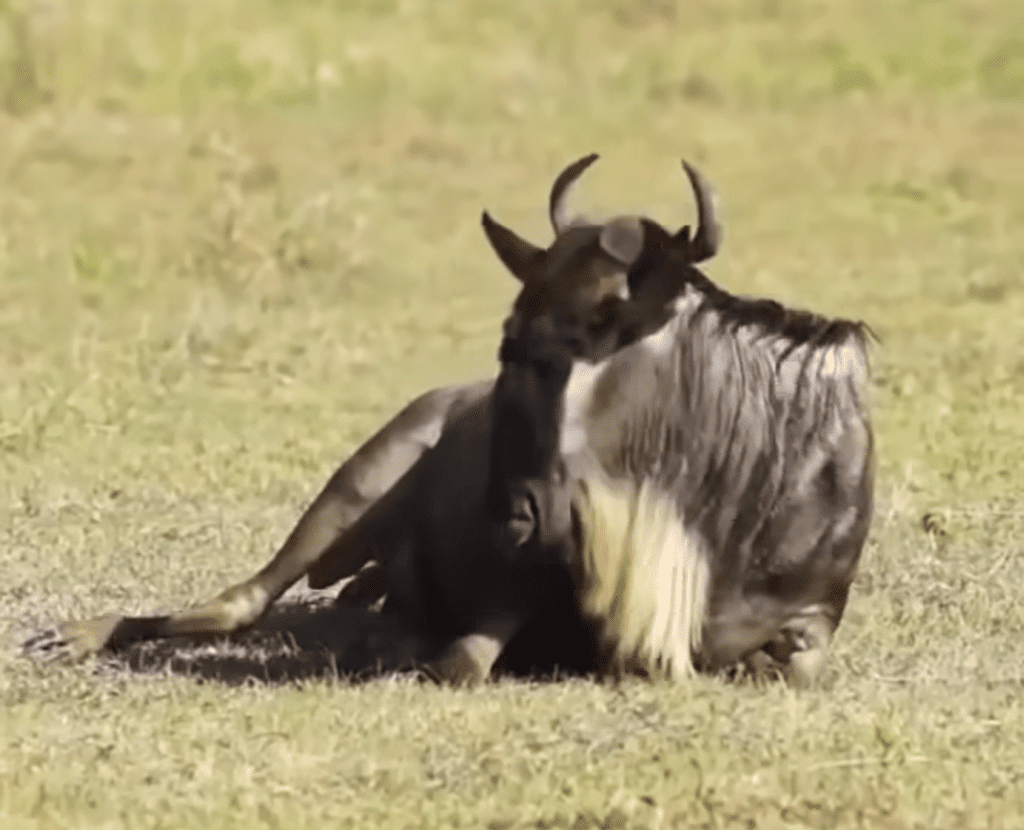
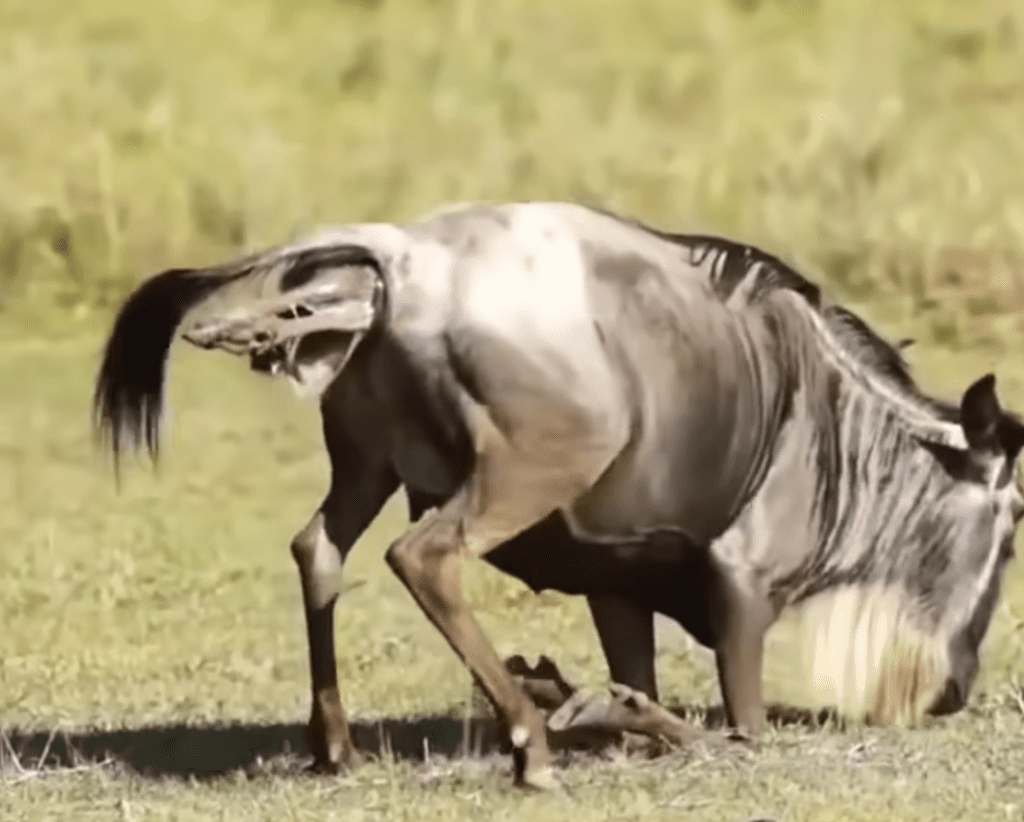
A Miracle of Nature: The Wildebeest Birthing Process
Wildebeests, also known as gnus, are famous for their massive migration across the Serengeti and Maasai Mara, where millions of these animals move in search of greener pastures. However, the journey starts well before this iconic migration, with the birth of a new generation. The birthing season, usually between January and February, coincides with the arrival of the rainy season, providing ample food for the lactating mothers.
The birthing process is quick, taking place over about 30 minutes, a necessity for survival in the predator-rich environment. Female wildebeests instinctively seek safer, more isolated areas to give birth. They position themselves away from the herd but remain close enough to rejoin after the calf is born. The newborn must quickly learn to stand and run within minutes of birth, a skill crucial to avoid becoming an easy target for predators like lions, hyenas, and cheetahs.
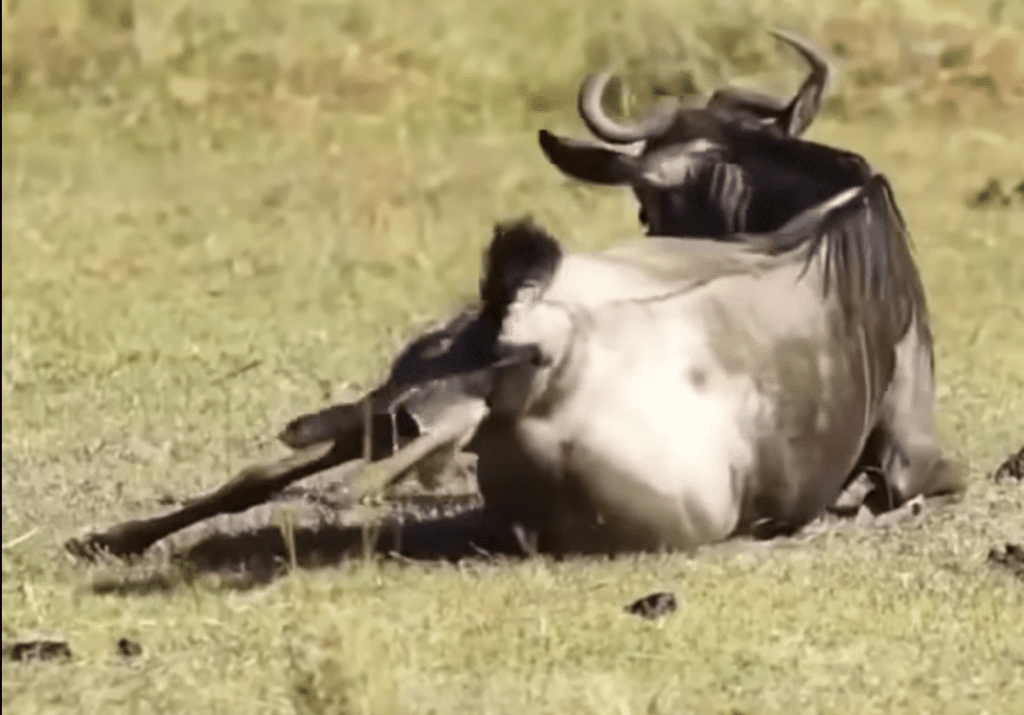
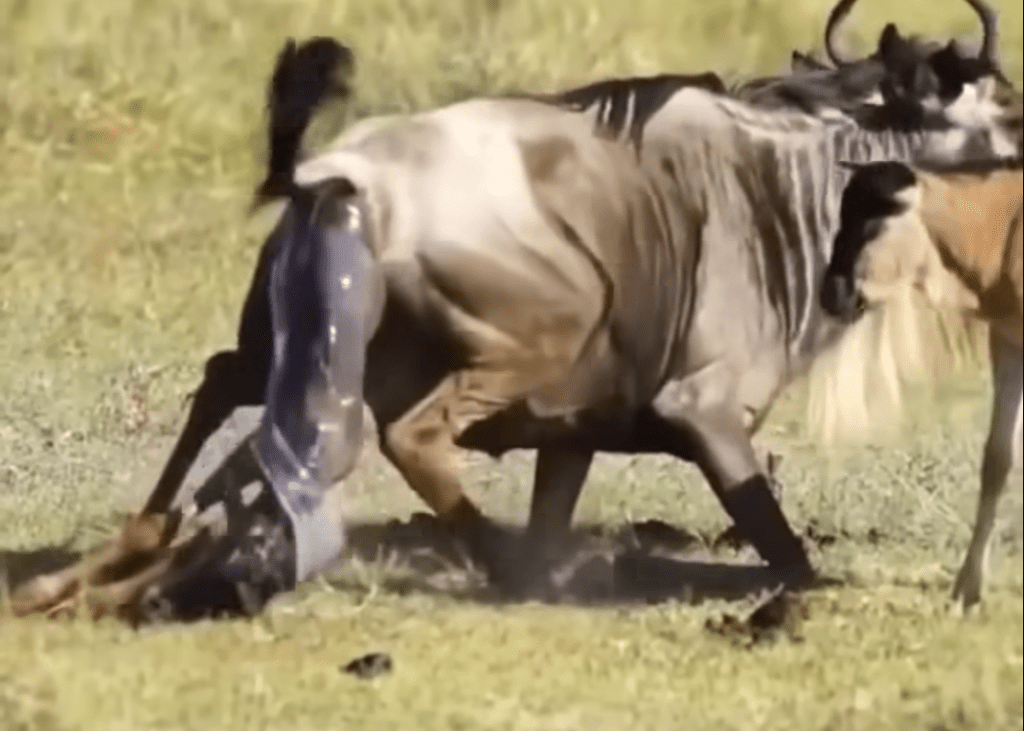
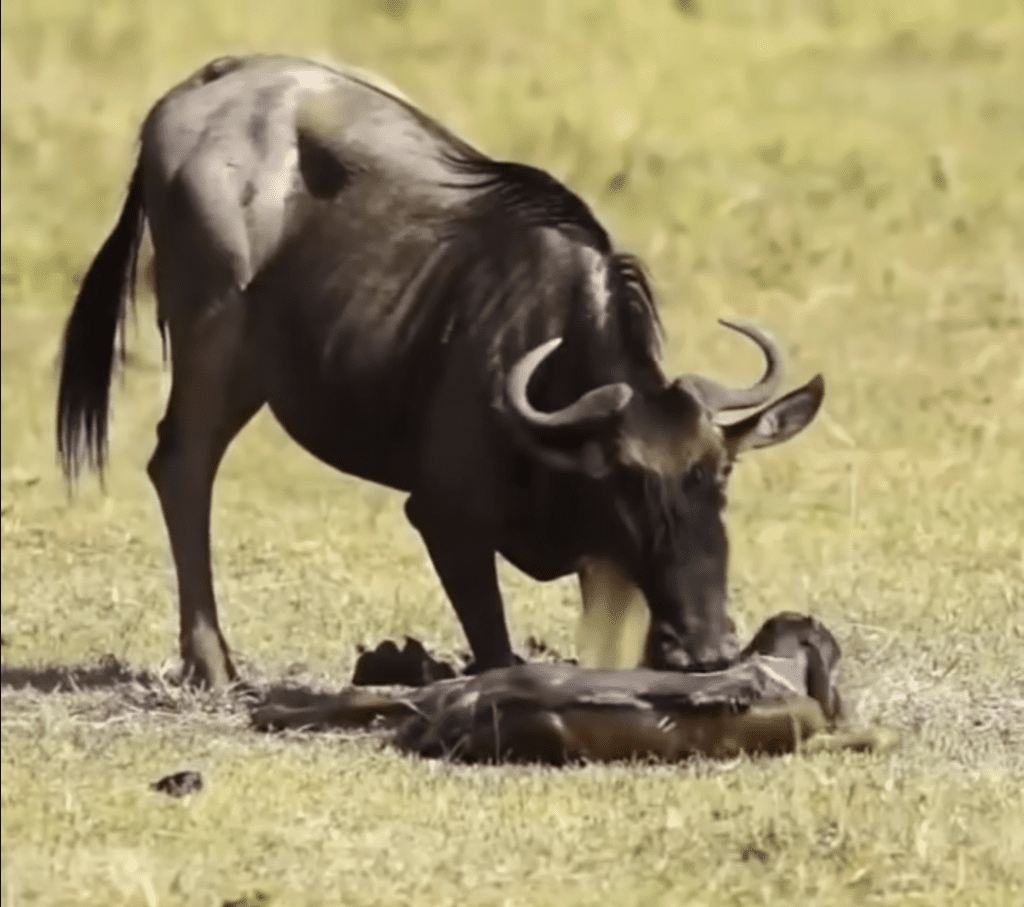
Rare Footage: Witnessing the Wildebeest Birth
Capturing the birth of a wildebeest on camera is a rare treat, as these events usually occur in the vast, open plains where humans may not always be present. Documentarians and wildlife enthusiasts sometimes spend days or weeks patiently waiting to witness this extraordinary event. The moment a wildebeest gives birth is a mix of vulnerability and strength. The mother pushes through, standing upright and steadily helping the calf as it emerges. After the calf is born, the mother quickly cleans it, bonding while ensuring that the scent is minimized to avoid attracting predators.
A Race for Survival
What makes the wildebeest birth so incredible is the calf’s immediate instinct to survive. Within a few minutes of its birth, the newborn calf attempts to stand on wobbly legs. This is vital since predators constantly monitor the plains, waiting for moments of vulnerability. By the end of the first hour, the calf must be strong enough to keep pace with the herd as they continue their endless journey in search of food and safety.
This rapid development is one of the wildebeest’s evolutionary adaptations. Born in a world full of threats, the calf must quickly synchronize with the herd’s movements to stay protected. It is nature’s way of ensuring that the strong survive and the species thrives amidst the challenges.
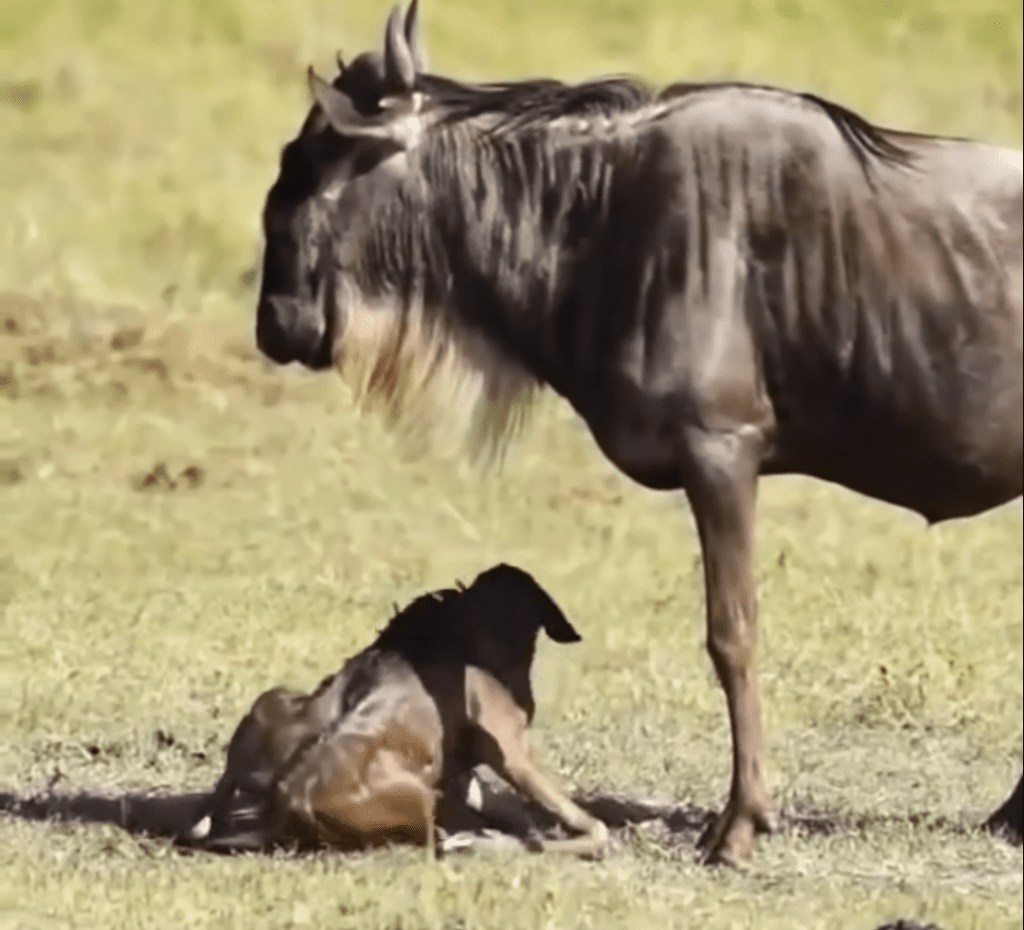
Rare Moments, Priceless Lessons
Watching a wildebeest give birth is more than just a visual spectacle; it offers profound insights into the perseverance of life in the wild. This rare moment in nature shows the extraordinary resilience of animals and their ability to adapt to harsh environments. The wildebeest’s birthing process highlights the delicate balance of survival, where every minute counts.
Such scenes remind us of the importance of conserving wildlife habitats to ensure the continued existence of species like the wildebeest. As humans, witnessing these moments allows us to appreciate the beauty and complexity of the natural world and the vital role each creature plays in the intricate web of life.
In conclusion, the birth of a wildebeest is a beautiful, rare, and awe-inspiring event. It reminds us of the strength of maternal instincts, the harsh realities of life in the wild, and the incredible drive for survival that shapes the animal kingdom.
